The New York Mets are calling up Nolan McLean for his MLB debut as the club tries to steady a sputtering rotation. Read a full scouting breakdown, minor-league stats, how McLean fits the Mets’ long-term plan, and a look at the offense (including where the team sits among MLB home run leaders).
Executive summary — the essentials in one scroll
- The New York Mets are promoting Nolan McLean for his Major League debut this Saturday at Citi Field, inserting the right-hander into the rotation as the club reshuffles after moving Frankie Montas to the bullpen.
- McLean is a top Mets pitching prospect (MLB Pipeline: Mets No. 3, No. 37 overall in baseball) coming off a strong Triple-A season — ~2.78 ERA, 10.0 K/9 and a + ground-ball profile that project well to the majors.
- The call arrives because the Mets’ rotation has struggled for length and consistency in recent weeks; the team’s starters have posted a below-average stretch ERA and have failed to push deep into games consistently. McLean’s promotion is a bet that his minor-league trip-stop skills can buy innings and stabilize the staff.
Who is Nolan McLean? — background & rise through the system
Nolan James McLean (born July 24, 2001) is a right-handed pitcher and former two-way standout who starred at Oklahoma State University. Drafted by the Mets in the third round of the 2023 MLB Draft, McLean arrived in the organization with two-way experience — he once played both on the mound and as a hitter — but the club has since focused him on pitching full time as his fastest path to the majors.
After steady work in Single-A and Double-A, McLean exploded in 2025 with dominant numbers at Triple-A Syracuse: a sub-3.00 ERA, a K/9 near 10.0 and a heavy ground-ball profile that impressed scouts. MLB.com’s prospect page lists his fastball, slider/sweeper and cutter as quality offerings, and his command/control grades project him as a mid-rotation arm with upside. Those results earned him a top-40 ranking across MLB and top-5 status inside the Mets’ system.
Key minor-league scouting notes:
- Fastball: mid-90s four-seam and sinker, used to induce grounders and set up breaking stuff.
- Slider / sweeper: his best swing-and-miss pitch; shows late horizontal bite that plays well to righties and lefties.
- Cutter/changeup: usable secondary shapes that keep hitters off balance and produce weak contact.
Why the Mets are calling him up — team context & timing
The Mets’ decision to promote Nolan McLean isn’t happening in a vacuum. Over the last month the rotation has been a concern; veteran arms have faltered at times and the team’s overall starter ERA and innings-per-start averages have dipped. The club temporarily moved Frankie Montas to the bullpen, opening a rotation vacancy that the front office now fills with youth.
Promoting McLean (instead of other internal options) sends a clear message: the Mets want a high-leverage, high-upside arm who can miss bats and induce soft contact. The timing also aligns with service-time considerations that often shape late-season promotions — the Mets will give him a legitimate chance to stick, but the team is also conscious of preserving roster flexibility across the final month.
Projection & scouting notebook — what to expect the first time out
A prospect’s debut is equal parts scouting projection and in-game atmosphere. Here’s the best way to evaluate McLean’s first start:
- Stuff plays on the edge of the zone. McLean’s fastball sits mid-90s with movement — the goal will be to elevate it to chase and sink it to induce grounders. Look for the slider/sweeper to generate the early chase-and-miss on two-strike counts.
- Command matters. Triple-A success often hinges on a pitcher’s ability to avoid free passes; McLean’s walk rates at Syracuse were reasonable but command under big-league pressure will be scrutinized intensely.
- Durability & pitch-count management. Expect 4–6 innings in the debut with a plan to ramp his workload — the Mets will want quality innings and physiological response more than a long leash right away.
A good debut looks like: 5+ innings, 3 or fewer runs, 5+ strikeouts and a walk or two — a line that would immediately buy the Mets innings and create breathing room for the pen.
How McLean fits into the Mets’ longer-term plans
The Mets have dual imperatives: win now with their star-laden offense (Pete Alonso, Francisco Lindor in prior years, etc.) while replenishing rotation depth for the year and beyond. Nolan McLean fits as a potential building block for the back half of the rotation — an inexpensive, homegrown arm who can either stick long-term or provide trade value if the Mets elect to buy at the deadline. =
From the organizational view:
- Low cost, high upside: Homegrown pitching remains the best hedge against expensive free-agent deals.
- Pitching development pipeline: McLean’s success would validate the Mets’ investment in pitching development and scouting.
- Playoff implications: If McLean stabilizes the rotation, the September stretch becomes less of a bullpen gauntlet and more of a controlled team push toward postseason positioning. =
The batting side — offense, Mets score trends & MLB home run leaders context
Your requested keywords include MLB home run leaders, so it’s worth putting McLean’s arrival beside the Mets’ offensive performance. The Mets have leaned on their core bats all season to produce runs — and their standing among league leaders for home runs and runs scored affects how urgently they need rotation reinforcement.
As of the current stat run, the MLB home run leaderboard is led by several prolific sluggers (Cal Raleigh, Shohei Ohtani, Kyle Schwarber, Aaron Judge and others — check the live MLB stats page for real-time leaderboards). The Mets’ offense — while not necessarily leading MLB in homers — has been capable of heavy run output in spurts, and that production makes it easier to mask starter inconsistency if the rotation can produce quality innings.
Put simply: if the Mets can pair their run production with improved starting pitching from prospects like McLean, they become a balanced playoff threat rather than a one-dimensional slugging team. McLean’s role is therefore both immediate (buy innings) and strategic (stabilize long enough to let the bats win games).
A deeper look at McLean’s 2025 Triple-A season (numbers & context)
The numbers tell part of the story — but context matters. Across Double-A and Triple-A in 2025 McLean posted the kind of peripherals that translate well:
- ERA: roughly 2.78 at Triple-A Syracuse.
- K/9: about 10.0 — a strong strikeout rate suggesting swing-and-miss ability.
- WHIP & contact: low WHIP (~1.10) and an opponent batting line under .200 in many stretches — indicators of dominance over minor-league hitters.
- Groundball tendency: his repertoire produces a high ground-ball rate, an asset for Citi Field’s defensive configuration.
Scouts value these metrics because they point to a pitcher who can avoid the loud contact that becomes costly in the majors — McLean’s profile is specifically built to produce weak contact and strikeouts in one package.
How the fanbase is reacting — expectations & caution
Mets fans are understandably excited: a top prospect debut always generates buzz. But there are two competing narratives in the stands and on social platforms:
- Optimists: McLean is the next homegrown arm who can replicate the spark a healthy rotation provides. They cite his Triple-A dominance and his swing-and-miss stuff as reasons to expect immediate contribution.
- Skeptics: Some caution that minor-league success doesn’t guarantee big-league results. They point to the Mets’ urgency — if the team is already in do-or-die mode, a rookie debut carries pressure that can be unfairly heavy for a 24-year-old.
The healthy framing: treat the debut as an important evaluation, not a make-or-break moment. A controlled, confident debut will be the best outcome both for player development and playoff posture.
BREAKING: The Mets will call up Nolan McLean to make his MLB debut in a start on Saturday against the Mariners, @martinonyc reports pic.twitter.com/0Hl4KzCrJm
— SNY Mets (@SNY_Mets) August 13, 2025
Comparable pitchers & historical primer
To set expectations, compare McLean to pitchers with similar minor-league profiles: guys who trust a fastball/slider mix, generate high K rates and keep grounders in play (think current back-of-rotation MLB contributors who solidified their roles after early success). That comparison gives the Mets a reasonable target: consistent 5-6 inning outings, an ERA in the mid-3s to low-4s early on, and the occasional start that hints at a higher upside.
Historically, many pitchers with McLean’s profile become useful rotation pieces or swingmen who can start and succeed as long relievers — both valuable commodities come September.
What to watch during the debut — five live metrics broadcasters will pick apart
- First-inning strike rate: Command early in the first inning often sets the tone.
- Two-strike chase: Does his slider/sweeper get hitters to chase?
- Walks: Free passes escalate pitch counts and shorten outings.
- Fastball velocity & movement: Did his heater tick up or fall off compared to Triple-A readings?
- Pitch sequencing: Is he able to mix pitches effectively, or does he rely on one pitch too frequently?
If McLean clears these checks, the Mets will have real reason to be optimistic.
What this promotion means for other prospects and roster moves
McLean’s call affects the Mets’ 40-man construction and other prospects:
- Brandon Sproat and other Triple-A arms remain on the doorstep — strong performances by McLean could shift trade discussions or create depth flexibility.
- Bullpen planning: If McLean can go 5–6 innings, the bullpen’s workload reduces — a crucial advantage during a long divisional grind. The Mets will monitor pitch counts to balance short-term gains and long-term health.

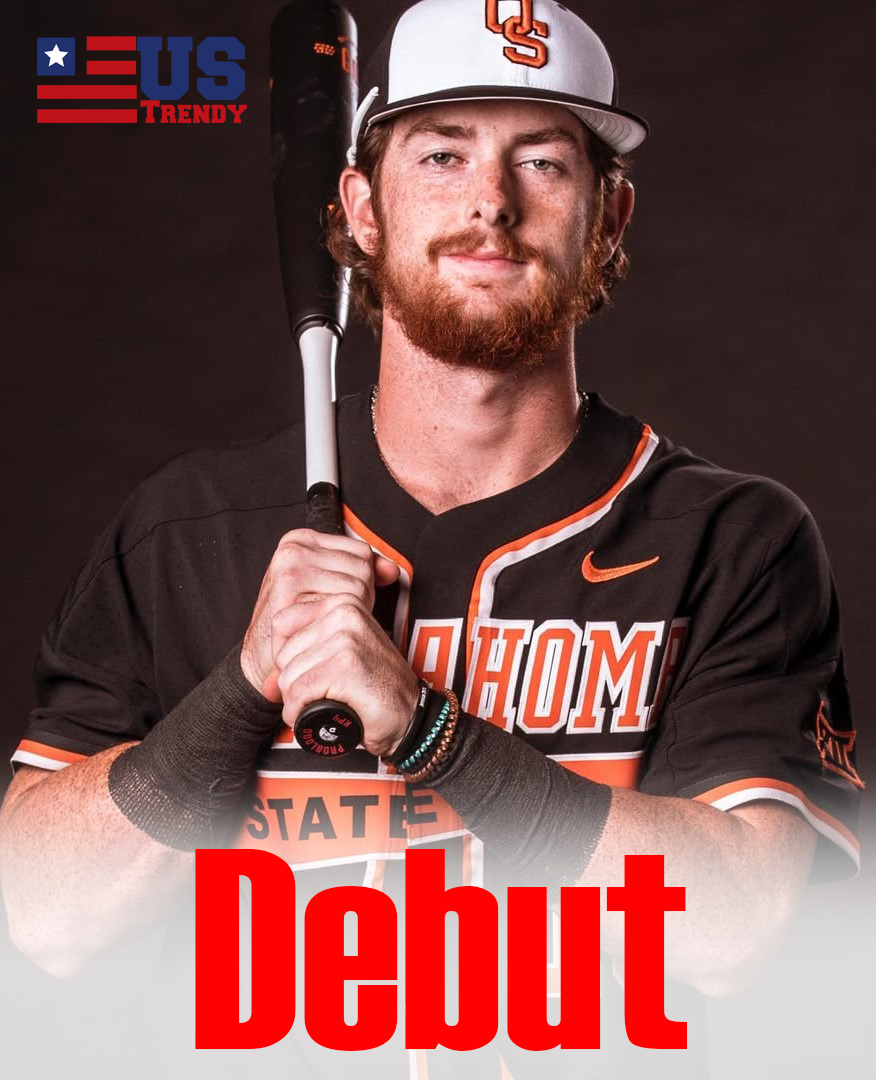


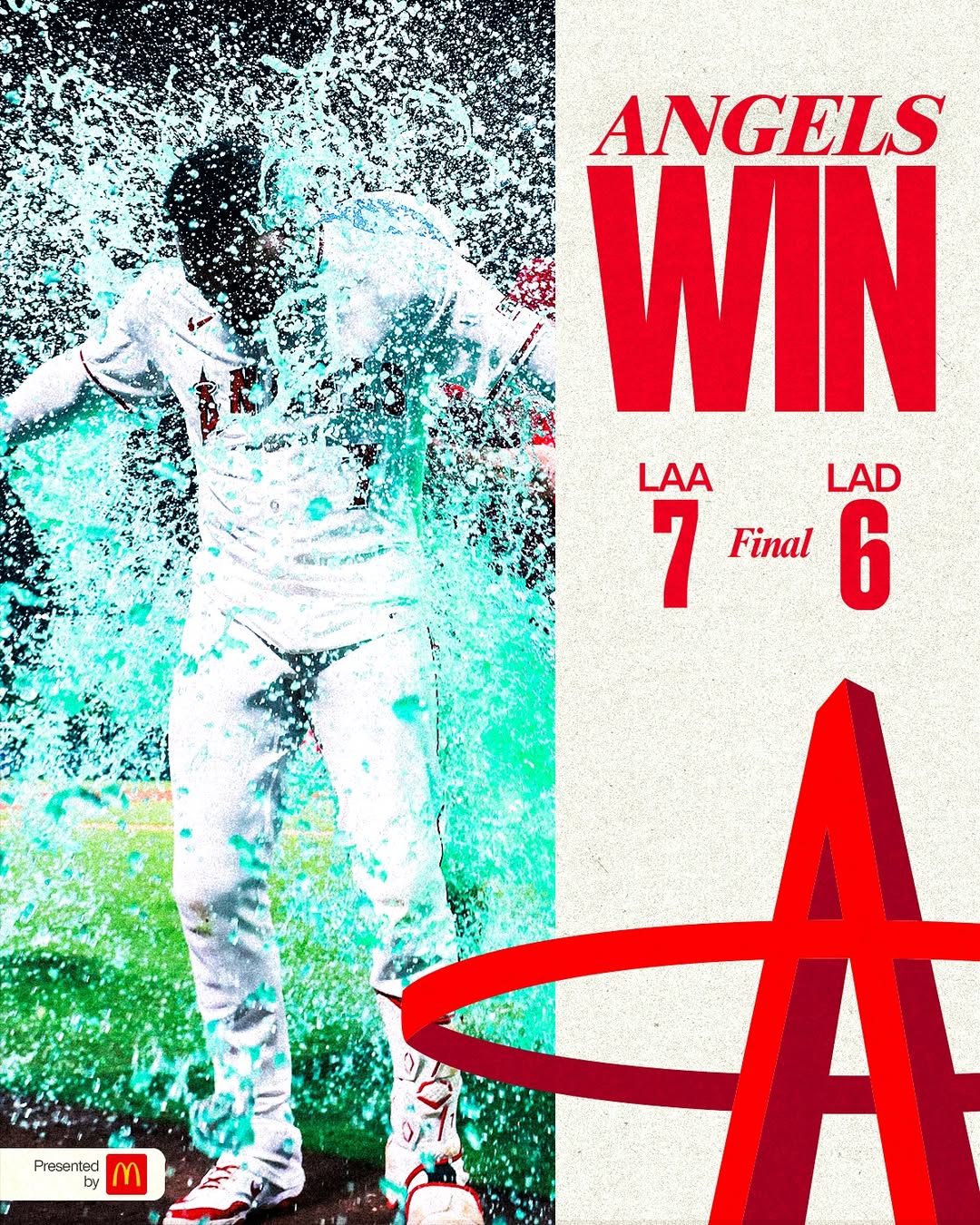
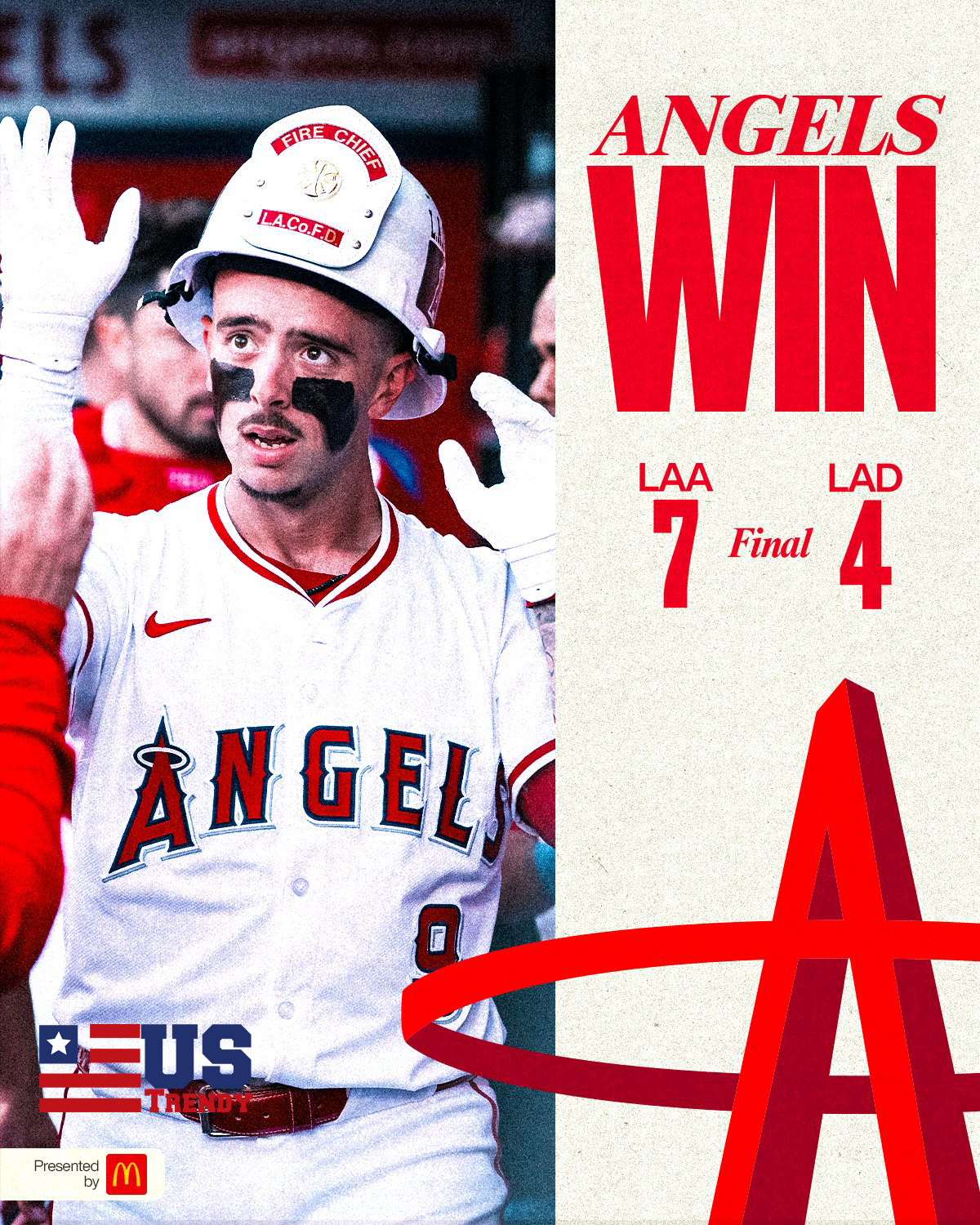
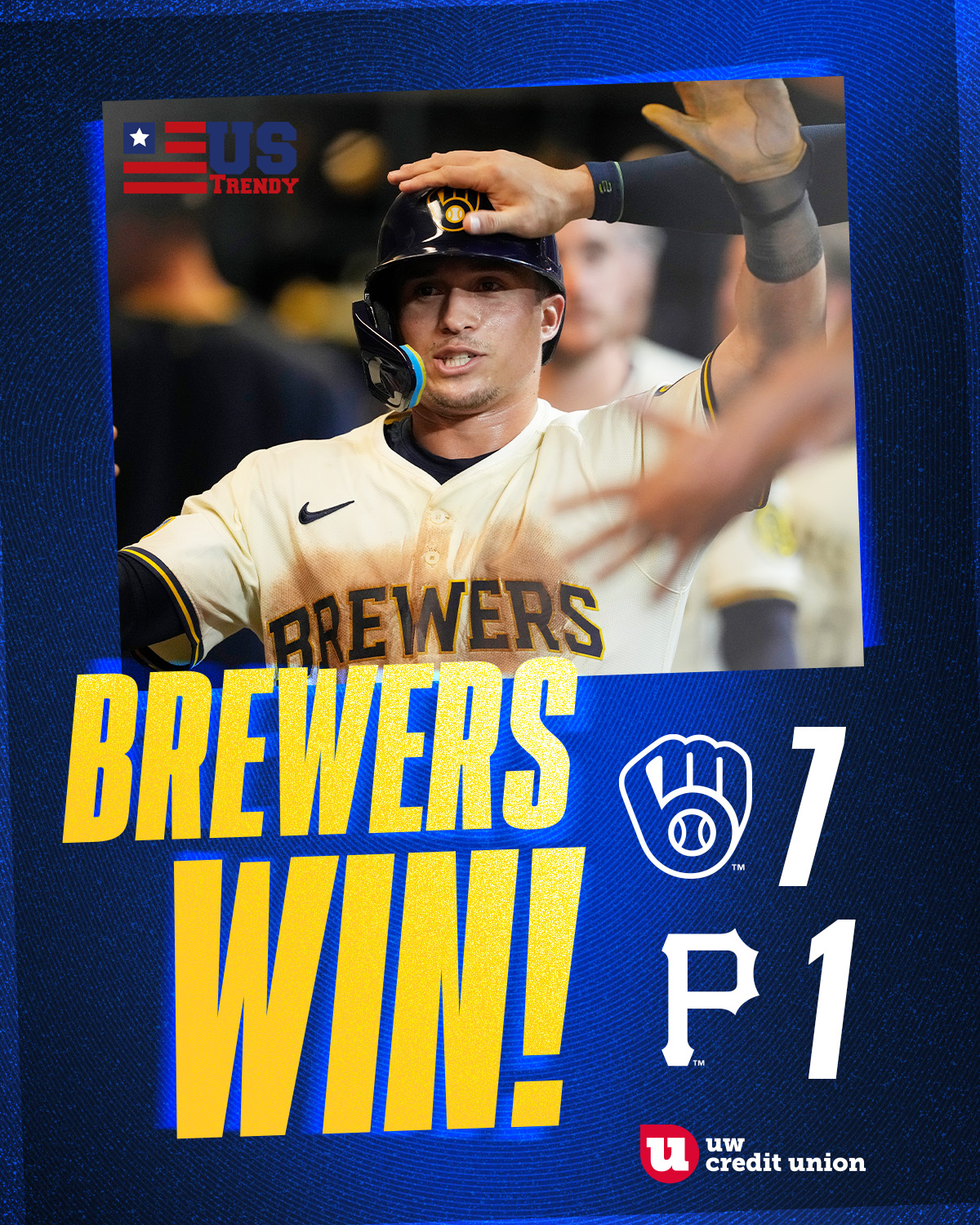
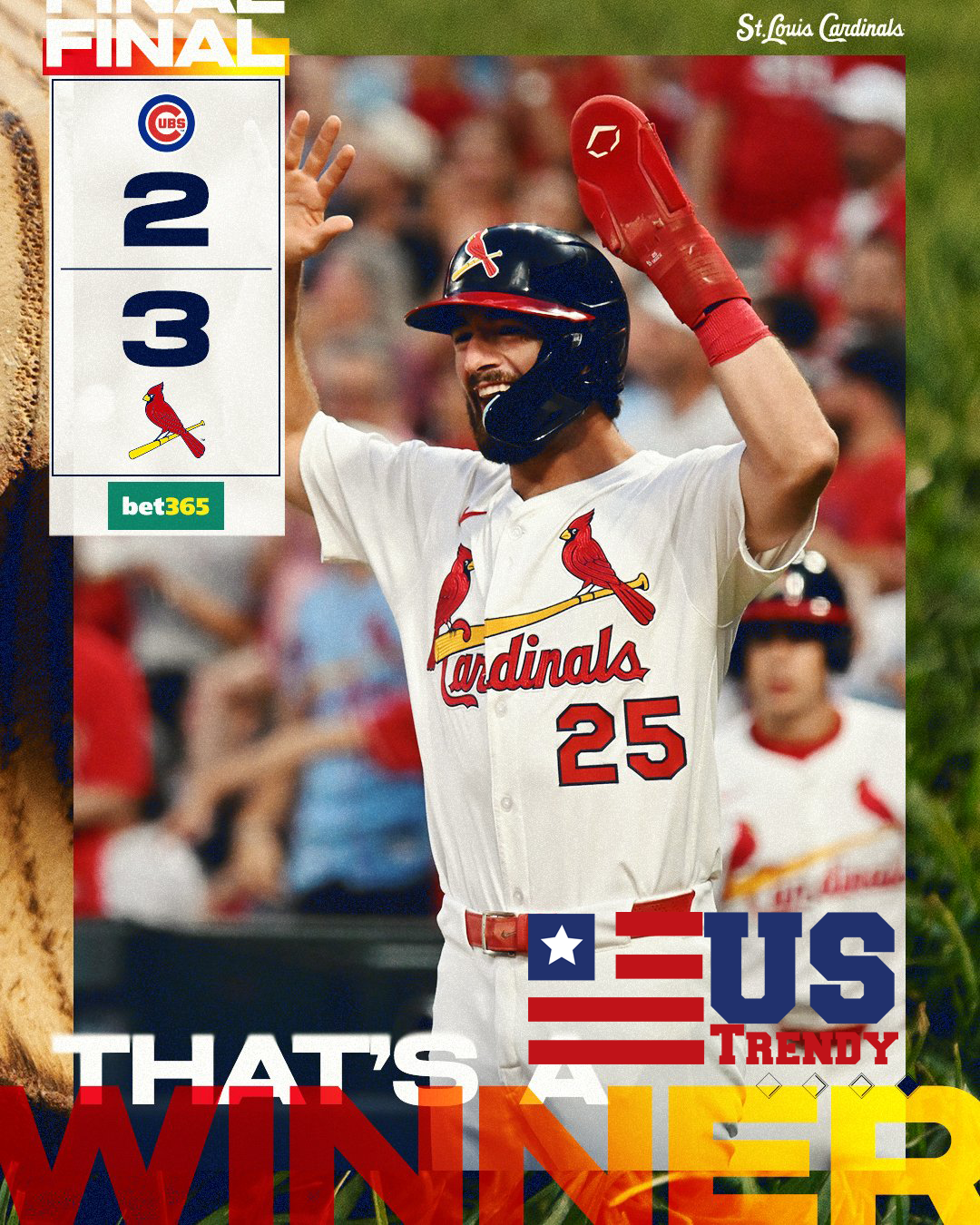
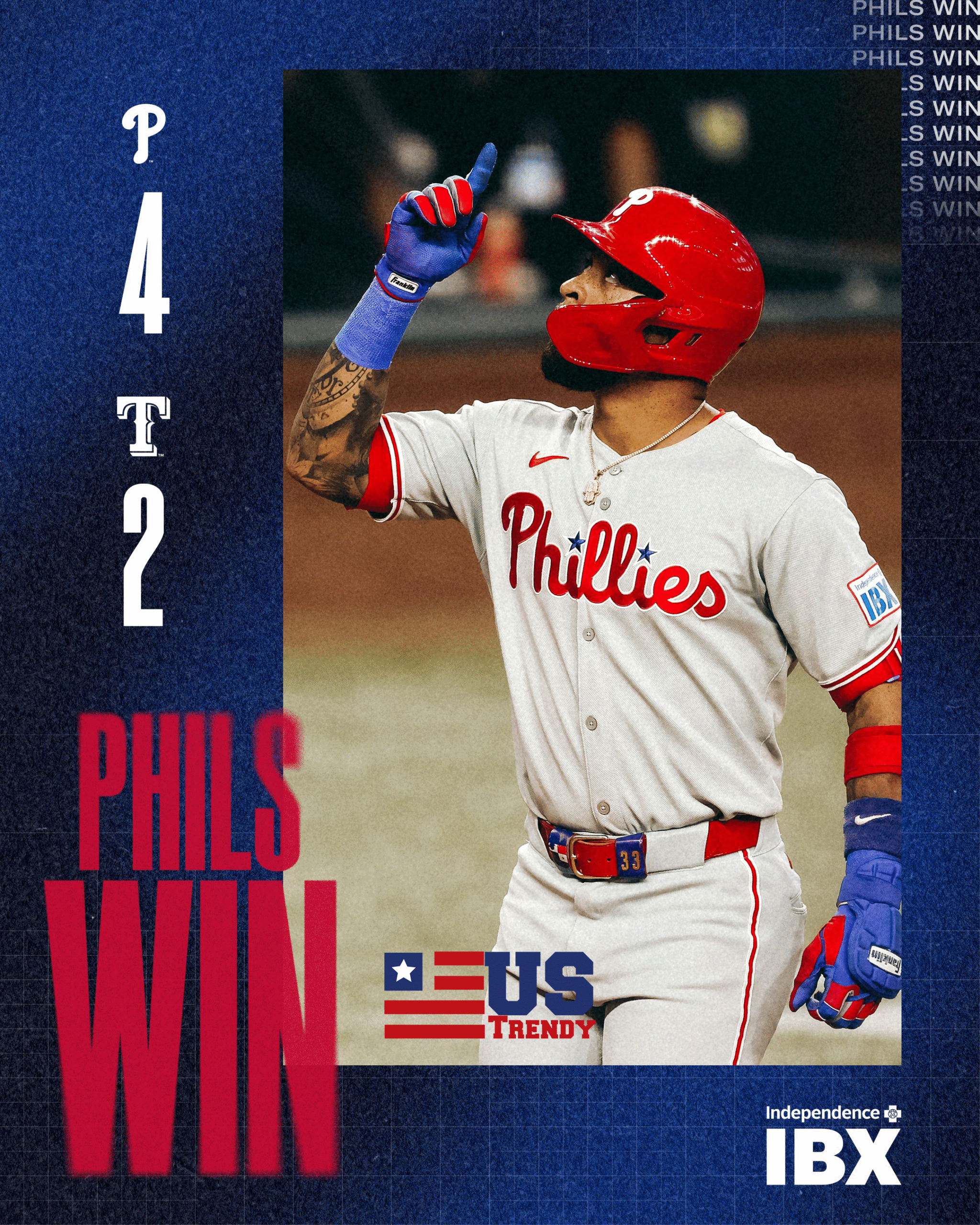

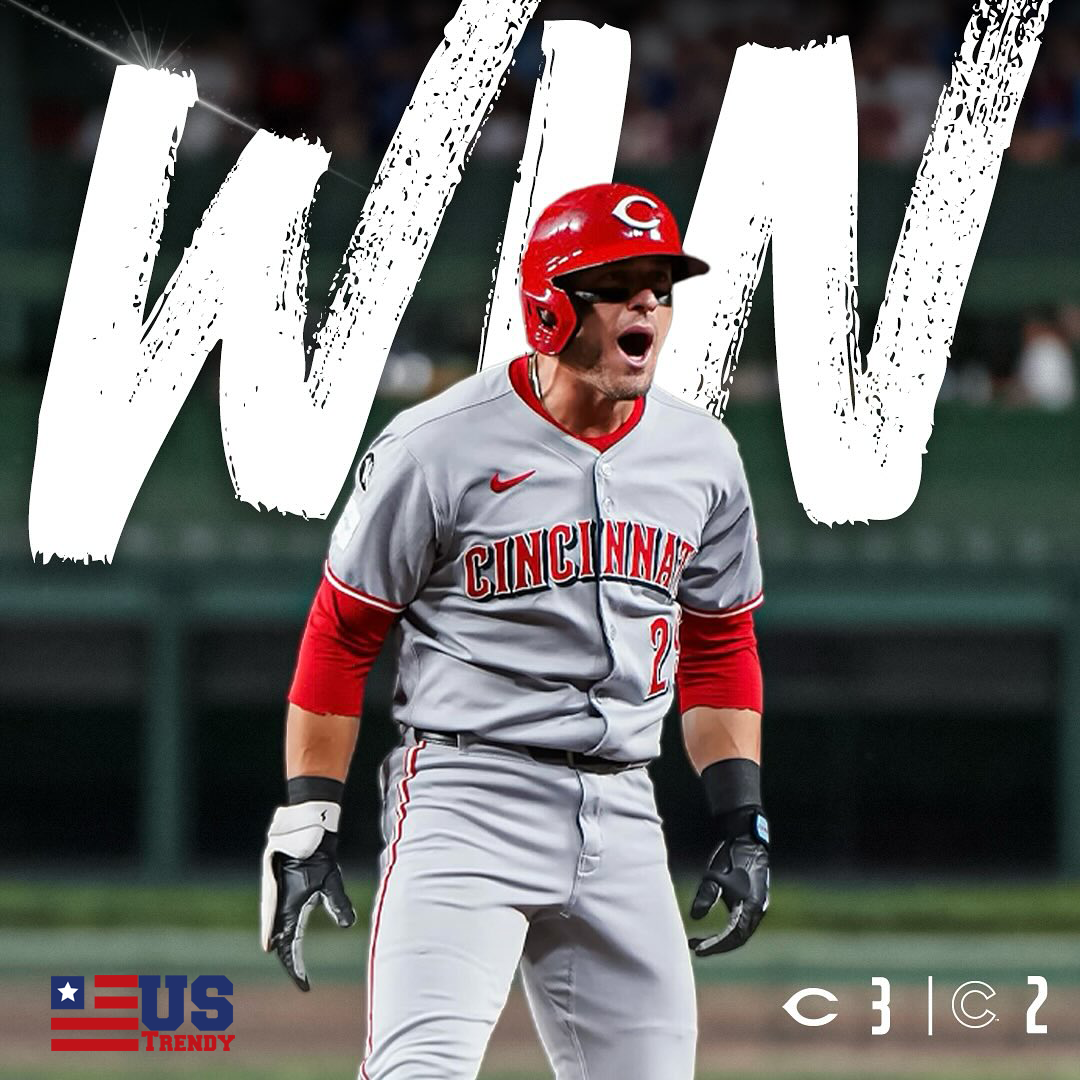


Leave a Reply